What is a night light
A night light is a low intensity light that provides gentle, localized ambience for comfort or convenience in dark areas or during the hours of darkness. It is often used to provide wayfinding lighting that makes navigating throughout a living space in the dark easier and safer. Night lights are also used to create a mental state of calmness or tranquility for people who are afraid of the dark. Fear of the dark is a common experience in young children so taking care to relieve their anxiety and nervousness during the nighttime is important from a parenting perspective. Adults who developed nyctophobia, a phobia characterized by a severe fear of the dark, also make use of night light to maintain their peace of mind. Night lights are installed virtually anywhere from bedrooms, bathrooms, living rooms, kitchens, utility rooms, basements, attics, stairways and hallways to closets, cupboards and shelves.
A versatile family of lighting gadgets
A night light is usually a small luminaire that may appear inconspicuous or have an adorable design catering to young users. Typically, wayfinding nightlights have a neutral look and compact footprint, whereas fear-relieving lights often deliver a pleasant look. Night lights designed to be sleep companions for infants and kids come in various shapes and colors. They are available in a vast range of themes which include, but not limited to, animals, cartoon characters, stars, moon, galaxies, dinosaurs, and holidays. A night light may be a line-powered light that is plugged in an electrical outlet or tabletop mounted. It can also be a battery powered light that can be put anywhere or mounted anywhere using adhesive tape. Some plug-in lights have a dual-power power system that allow the lights to remain on upon interruption of utility power. Upon restoration of AC power, the night light will automatically switch back to operating on the line voltage.
Freestanding and bedside lights generally have on/off or dimmer switches for manual control. Wayfinding night lights are usually motion activated, providing the convenience of hands-free lighting. Whenever motion is detected by a PIR sensor within its sensing range, the lights automatically turn on to provide instant safety. The PIR sensor is generally used in combination with a light sensor (photocell) which provides dusk-to-dawn control such that lights will only turn on in the dark.
LED technology
The adoption of LED technology breathes new life into night lights. Previously, night lights used halogen or compact fluorescent lamps to provide safety and fear-relieving illumination. Halogen lamps, as a type of incandescent light source, are power-hungry, short-lived and hot to touch. Compact fluorescent lamps have remarkably improved efficacies and a longer bulb life. These lamps are inherently deficient in controllability due to their poor dimming performance and inability to withstand high frequency on/off switching. In contrast, LEDs are significantly more energy efficient and last much longer than their predecessors.
At the source level, LEDs can survive virtually unlimited switching cycles. They also allow full range adjustment of their output. This level of controllability allows LEDs to work seamlessly with sensors and unlock the full energy savings potential of lighting controls. Reduced energy consumption from the use of adaptive controls, combined with their high efficacy operation, enables an exceptionally long battery autonomy that is impossible with legacy lighting technologies. LED technology also offers the new capability of engineering the spectral power distribution (SPD). This provides the opportunity to adjust the color of light for aesthetic, atmospheric and circadian applications.
Technology implementation
LED night lights are very low power but very robust devices. High efficacy SMD LEDs are incorporated in these devices. White LEDs are generally phosphor-converted PLCC packages capable of delivering greater than 150 lumens per watt (lm/W) at a correlated color temperature (CCT) of 2700K. A typical night light produces around 40 lumens of light, which means it draws less than half a watt of power. The SMD LEDs are mounted on a metal core printed circuit board (MCPCB) which is comprised of a circuit layer for electrical connections, an aluminum substrate for heat dissipation, and a high conductivity dielectric layer sandwiched between two metal layers.
Direct integration of such an LED assembly significantly reduces the footprint of night lights and enables greater design freedom. Since LEDs are high flux density devices, a diffusion mechanism is employed in the optical regulation of luminous flux from the light source. The harshness of the LEDs and concentrated beam of light are softened and spread usually by an opal diffuser. Delivering the highest level of visual comfort should be a deliberate consideration during the stage of product development.
The biological influence from light
The color of light emitted by a night light often comes under scrutiny because it has a huge impact on the human circadian rhythm. The color of light is determined by the amount of energy emitted at various wavelengths of the visible spectrum. Different combinations of these wavelengths can have implications beyond simple visual perception. The human biological clock generates and regulates circadian rhythms which influence various aspects of our biochemistry, endocrinology, physiology and metabolism.
The intrinsically photosensitive retinal ganglion cell (ipRGC) photoreceptors transduce light into neural signals for the biological clock which in turn triggers various rhythmic biological processes, including essential production of endocrine hormones such as melatonin and cortisol. The ipRGC photoreceptors are highly sensitive to blue light and have their highest spectral sensitivity in a wavelength range around 480 nm. Exposure to short-wavelength blue light can acutely suppress the production of melatonin. Nocturnal release of melatonin is essential to a regenerative sleep. Therefore, a night light should be designed to deliver a light output with minimal blue photons to ensure that its use will not cause melatonin suppression and the subsequent circadian disruption.
Spectral design
For a white light source, its color temperature corresponds to blue content in the emitted light. Higher the color temperature, higher the amount of blue energy a light source produces. In general, night lights should use a warm light source of which the CCT is no greater than 2700K. Some products incorporate blue-depleted light that exhibits an orange color or even monochromatic red light (600- 620 nm) to minimize the disturbance to circadian rhythm during the sleep cycle. The color of light emitted by a monochromatic LED can be tailored by controlling band gap energy of the materials forming the multiple quantum well (MQW). The blue content in the spectrum of white LEDs is controlled using wavelength down-converting phosphors.
In some products, multiple channels of LEDs form a CCT- or color-tunable module which is capable of providing a continuously adjustable range of color temperatures or a full spectrum of precisely controllable colors. Dynamic control of the SPD provides the technical ability to implement the human centric lighting (HCL) concept and makes lighting flexibly adaptable to user needs.
LED driver
The driver and control circuitry is the heartbeat of any LED system. LEDs need to be driven by a constant current which is not readily available from any AC or DC power source. The LED driver converts AC line power or DC battery power into a regulated DC output. In the AC-to-DC conversion systems, large ripples in the DC current provided to the LED load cause LED to flicker and therefore must be suppressed. Efficient power regulation is an important performance metric for LED driver that regulate power from a battery.
To perform intensity adjustment and additive color mixing, the LED driver needs to be CCR or PWM dimmable. The on/off and dimming operation is handled by a microcontroller which fetches the instruction from the sensors or interprets control signals from an external control device. The microcontroller may have a wireless communication interface which enables the night light to be operated remotely via IP-capable control devices such as smartphones and tablets.


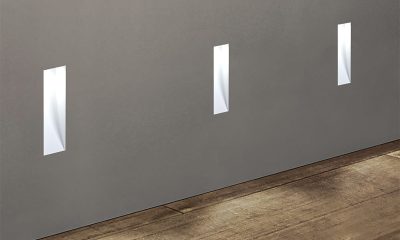
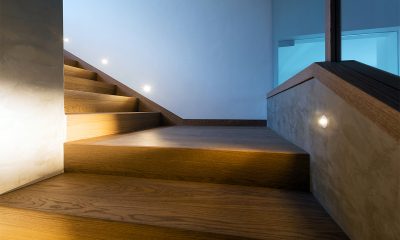
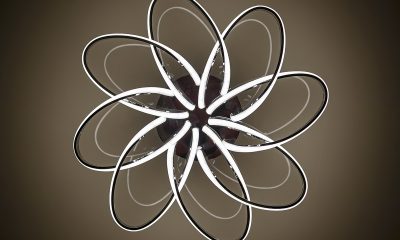
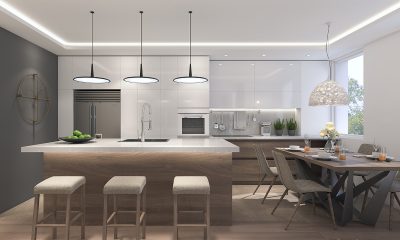
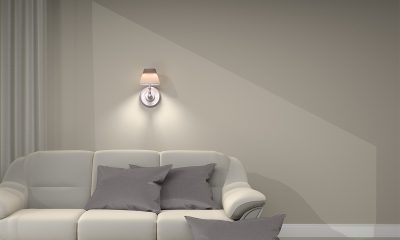

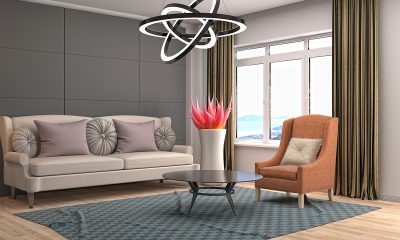
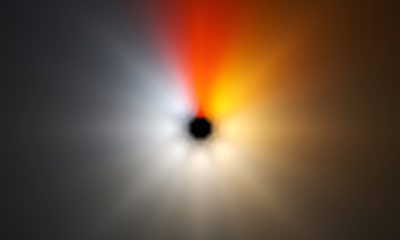
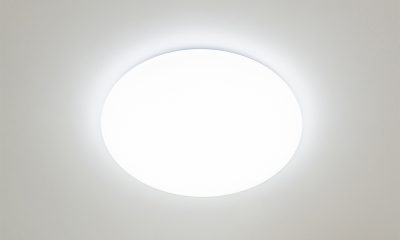

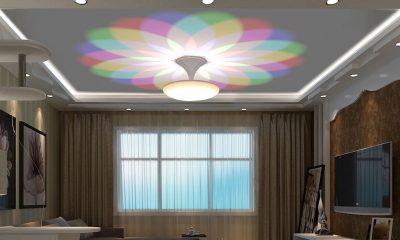
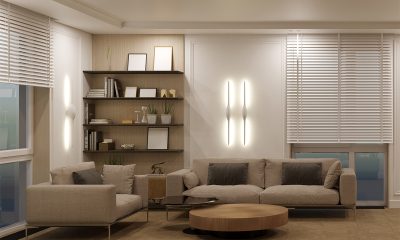





Loading...